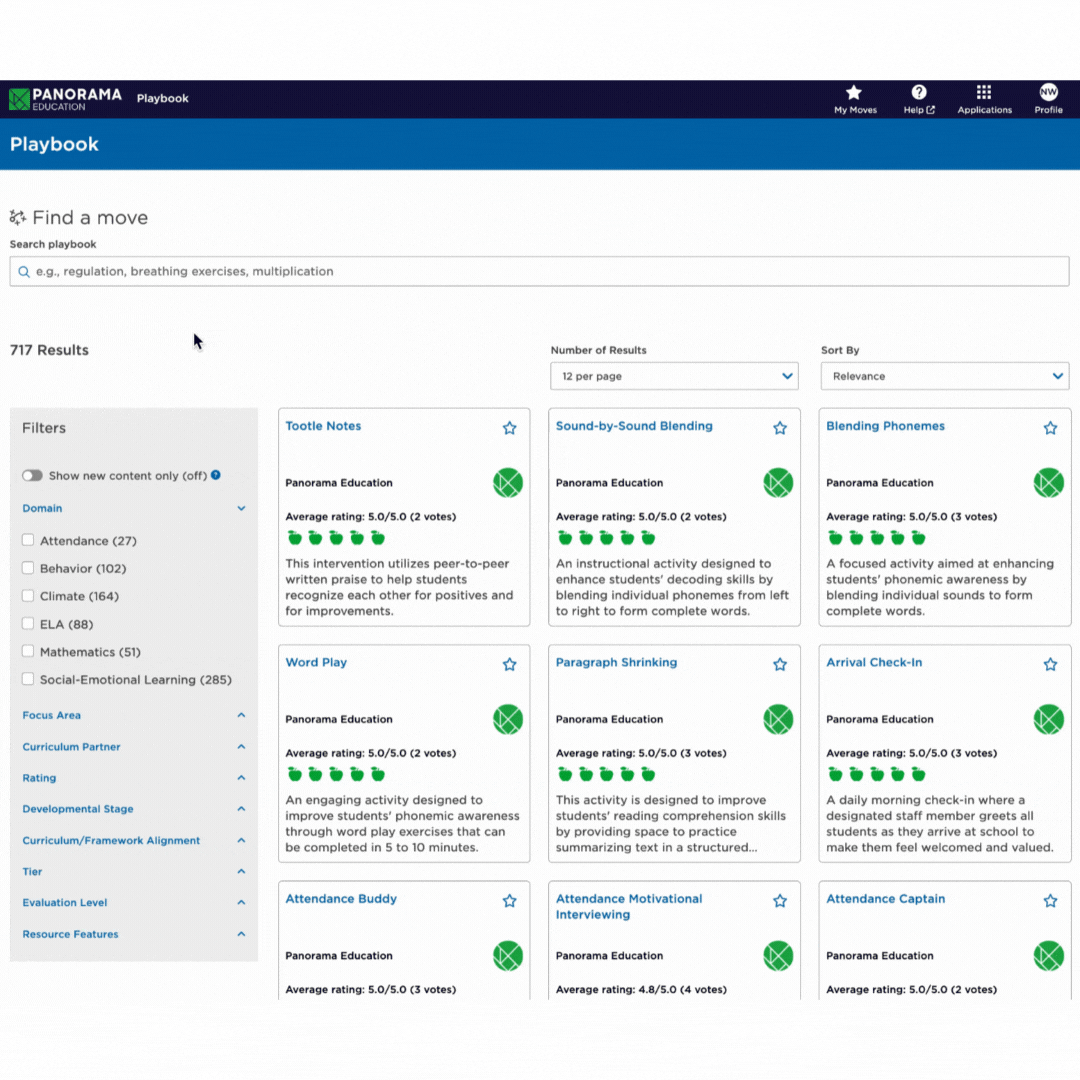16 million. This is the number of students who are chronically absent in the United States according to the most recent data from Attendance Works. That’s roughly double the number of students who were chronically absent before the pandemic. Here we break down what chronic absenteeism is and what your district can do to prevent students from becoming chronically absent.
What is Chronic Absenteeism?
Chronic absenteeism refers to a pattern of excessive absence from school, typically categorized by missing a significant number of days over a given period. There are different ways that chronic absenteeism can be measured and calculated, but all research points to ongoing issues as a result of chronic absenteeism.
The effects of chronic absenteeism are overwhelming, so it is important to address the situation of absent students before it gets to the chronic level. Research shows that chronic absenteeism correlates with negative outcomes for students. The Brookings Institution compiled evidence showing:
- In Baltimore City Public Schools 6th grade chronic absenteeism was the strongest predictor of not graduating high school.
- Chronic absenteeism in kindergarten is associated with lower reading and math achievement in later grades.
- Chronic absenteeism is also linked to poor socio-emotional outcomes.
What Causes Students to be Chronically Absent?
There are many different reasons why students are absent from school, but data shows that emotional issues like anxiety can play a huge part in why they do not come to school. Additionally, bullying can affect whether a child feels safe going to school.
Attendance is also an equity issue. The rates of chronic absenteeism vary by race and ethnicity. American Indian and Pacific Islander students have the highest rates of chronic absenteeism, and Black students are more likely to be chronically absent than White students.
Why is Measuring Chronic Absenteeism Important?
While the need to improve attendance is evident, the path to improvement is not always clear. There are many strategies for getting students to attend school regularly—from improved transportation to communication with families to creating a school climate where students want to be.
But without data to understand trends and monitor student attendance, educators cannot effectively employ chronic absenteeism interventions. It can also be difficult to aggregate, interpret, and take action on attendance data at the student, school, and district levels.
The Role of Data in Improving Attendance
There are many ways to define, measure, and analyze data about students’ attendance. For example, average daily attendance represents the overall percentage of students that are present in school. Chronic absenteeism rates capture the percentage of students that have missed a more extreme number of days.
These metrics can offer very different insights for school leaders. According to research from Attendance Works, an organization that promotes better attendance through policy and data, a school with 200 students can have 95 percent average attendance and still have one in every four students be chronically absent.
That's why school leaders today are using MTSS platforms and data analytics to monitor and improve student attendance. When working to improve attendance, you need insights that answer questions like:
- Which students have been chronically absent this year?
- Which students have missed several days of school in a row and are at-risk of falling behind?
- Which students are receiving or still need to receive attendance interventions?
- How do our average daily attendance patterns vary across student groups?
- Are we on track to hit our school or district’s goal for attendance this year?
5 Ways Attendance Dashboards Can Help Student Succeed
Panorama Student Success, the marketing-leading K-12 platform for helping districts translate insights into effective student supports, provides educators with a complete view of students’ progress across attendance, academics, behavior, and life skills. With interactive attendance reports and dashboards that refresh daily, Panorama offers clear indicators that district leaders and educators can use to take data-informed actions and provide appropriate support to address chronic absenteeism.
1. Quickly monitor district and school-level attendance trends and early warning indicators
Teachers, interventionists, counselors, and administrators can easily view district and school-level trends for the percentage of students that are “on track” and “at risk” of attendance issues. By refreshing your data on a daily basis, Panorama Student Success provides a near real-time view into a school’s attendance patterns.
The Chronic Absenteeism Dashboard enables district and school leaders to monitor attendance trends, evaluate progress, and develop strategic plans to address chronic absenteeism within their districts and schools.
2. Create intervention plans for students who are chronically absent
Educators can use an “Attendance Needs by Intervention Status” report to understand district level chronic absenteeism using the district level view or identify chronically absent students using the student level view. Panorama Student Success analyzes each student’s attendance. It identifies students who have missed 10% or more days of the current school year, and shows whether those students have an attendance intervention plan or not. This view allows educators to take action to create an intervention plan right from the report.
 Filter and search to choose proven attendance strategies in Panorama Playbook
Filter and search to choose proven attendance strategies in Panorama Playbook
3. Discover students who have recently been absent to enable early intervention
Use Panorama Student Success’s “Recently Absent Students” report to find students who have missed three or more of the last 10 school days. Use this report to identify early signs of potential chronic absenteeism, and to check on students who are missing school to understand why and how to best support the student’s education.
4. Dive deeper with daily and course section attendance charts
Understand a student's attendance patterns with calendars that show full-day absences, absences from specific courses, or tardies. See which classes a student misses most frequently—and their grades in those courses—to take action before they fall behind.
5. Understand the “why” behind absences.
Get a wider picture on how each student’s attendance patterns compare to their progress in academics, behavior, and social-emotional learning. Quickly see each student’s early warning indicators across multiple measures to better understand why a student is facing challenges with attendance, and make data-informed decisions to tailor the support a student needs.
What's Next?
When students regularly come to school they can learn and thrive. Get intervention guides, a nudge letter template and more, to help you reduce chronic absenteeism and support each individual student in your district when you download the Decreasing Absenteeism Toolkit.
New Research and Strategies for District Leaders
To help you uncover how to address absenteeism in your district, Panorama's Data Science and Applied Research Team completed an extensive study on the state of chronic absenteeism. Using Panorama’s unique national data, we’ve analyzed the complete attendance information for over 7,000 schools and 11 million student records. The full report outlines specific, research-informed strategies that district and school leaders can implement to address some of these root causes of chronic absenteeism.
Download The State of Chronic Absenteeism: What Millions of Students Tell Us About School Climate





